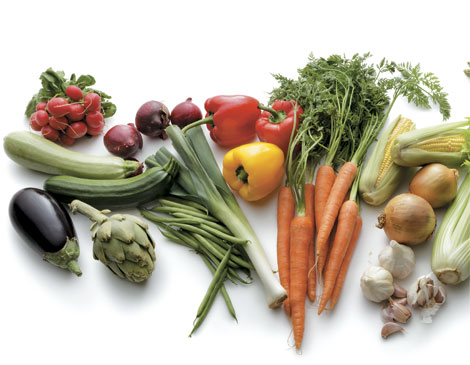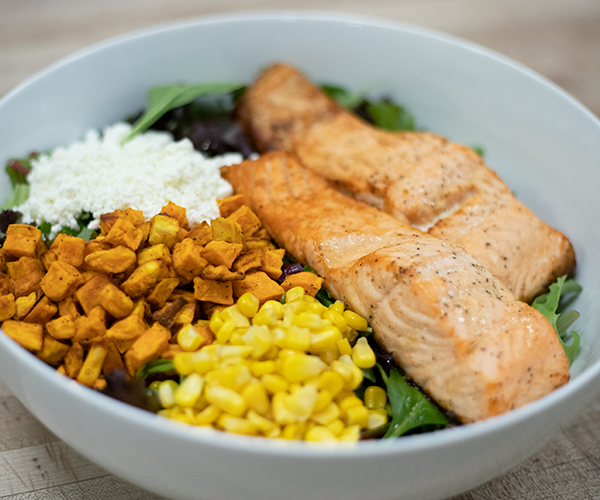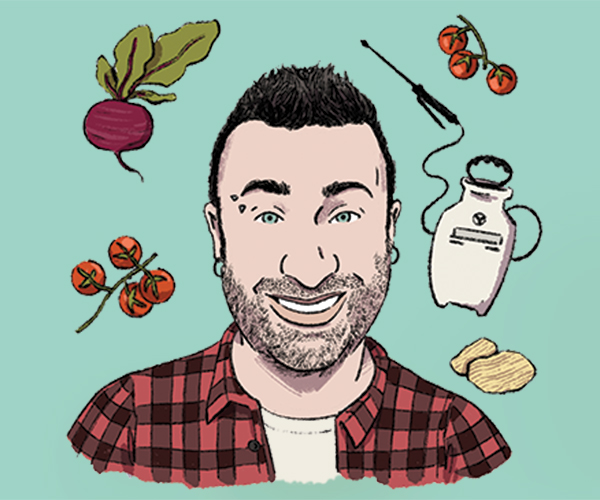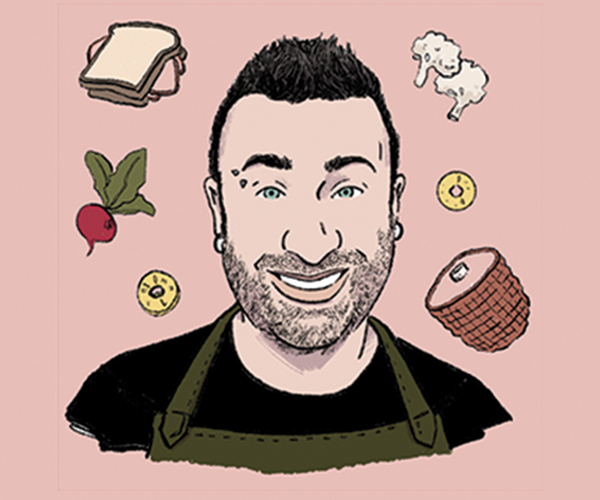We applaud you for jumping on the farm-fresh wagon and signing up for a Community Supported Agriculture bag this summer. If you’re a novice home cook, however, it’s possible you’re stressing about all those heads of bok choy starting to rot and that sorghum syrup that you are still scratching your head on how to use. We understand it’s easy to get tangled up in a CSA rough patch. So we recruited some farm-to-table chefs and CSA managers to help dig you out. Here are five ways to survive this season’s CSA.
1. Roll up your sleeves now. It’s easy to come home and toss your groceries aside, but Trevor Clatterbuck, founder of Fresh Fork Market, encourages you to get your hands dirty right away by chopping up large bunches of kale or cutting up heads of cauliflower. “Coordinate your pickup time so you can go home and pay attention to your groceries,” he says. “If you take time to do the prep work, you can then fire up a meal real fast.”
2. Plan meals ahead of time. Although you never know the exact concoction your farmer has planned for your bag, you can do some research on what’s in season. “Most CSAs send out a newsletter,” says Laura Dobson, Geauga Family Farms representative. “There’s a lot of information that will help you process your share like recipes and storage techniques.”
3. Get creative when you have a lot of one item. The farmers give you what they have, so when you open up your package to find another head of cabbage, don’t panic. “My first thought when that happens is, Hey, let’s make sauerkraut,” says Brian Doyle, chef and owner of Sow Foods. “That’s something I can put up and keep for many months.”
4. Master bulk prep. It takes a hefty chunk of time, but there is an upside to making meals in bulk: leftovers. “You can preserve things like beans and use it that week or all winter long,” says Karen Small, chef and owner of the Flying Fig. Familiarize yourself with how to blanch or steam and roast produce for quick meals. “Once you’ve exhausted your options, freeze it.”
5. Pickle it. That produce is surely going to spoil faster than you can eat it, so learn how to pickle. Bring vinegar, salt, sugar and herbs to boil, pour onto your produce, then let it cool to before sticking it in the fridge. “Be mindful of the water content,” says Heather Haviland, chef and owner of Lucky’s Cafe. “The cell structure of every vegetable is different.”




